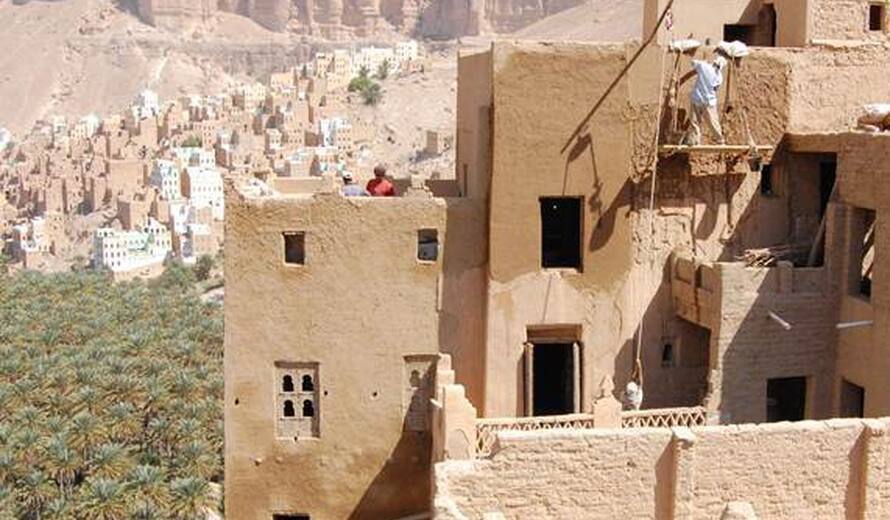Special presenation at the School of Chaillot: Salma Samar Damluji
The School of Chaillot’s opening presentation will be given by a female architect – a premiere. Salma Samar Damluji accepted to take on the lessons on the global topic of the relation between creation, history and heritage – and associated it with a clear focus on territory sustainable development.
Of Lebanese and Iraqi descent, Salma Samar Damluji is a London AA School of Architecture graduate. An architecture PhD, she has led researches in different countries of the Middle East and currently holds the Islamic architecture chair at the American University in Beirut. She has published many books, including several works on the history of architecture in Islamic countries and mud brick architecture, built upon her field studies and encounters with “master builders” that withhold the “building wisdom”. She also serves as a consultant for several building and rehabilitation projects in Middle East.
Salma Samar Damluji has a close relationship with Yemen, where she conducted several missions, especially in the region of Hadramaout, on the issues of city redeployment along the Incense Road, and their specific vernacular mud brick architecture. In 2006, she founded the Daw’an Mud Brick Architecture Foundation that leads restoration projects on buildings such as school, training centers or hotels in this particular region, for which she received the Global Award for Sustainable Architecture in 2012.
To understand her effort, one has to consider her past as collaborator to Hassan Fathy, who was a major influence to her conception of an architect’s role. She humbly calls herself the “instrument of a much broader cause”, which is improving the knowledge and recognition of the “creativity and genius of local architecture” in Yemen. She aims at safeguarding the art of building threatened by the importation of techniques that destroy know-hows and rural-world economy dating back to 3000 years ago that had so far adapted to its environment. Fortified cities and irrigated plains of the Incense Road work as genuine ecosystems that are nowadays threatened.
Still her goal is far from “safeguarding the past at all costs”: she would rather transform than restitute, while at the same time preserving the vernacular building culture. No distinction here between creating and rehabilitating: both of them are architectural gestures. She refrains from saving heritage per se, focusing on rekindling the cultural and economic matrix of an endangered civilization. She is equally interested in the lifestyle in these villages, as it allows her to understand an otherwise “mute” architecture in the case of abandoned neighborhoods. Her effort is thus deeply humanist, in the sense that it takes the inhabitant’s quality of life and living conditions reality as a central focus.
In one word, it is a beautiful example of the leverage effect heritage can have on the social, cultural and economic development of a territory.
Auditorium de la Cité de l’architecture et du patrimoine, Paris
